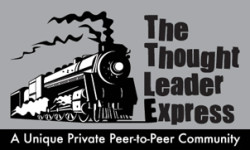Experts reveal their 401k Christmas wish—from lifelong education to universal access. Which gift would transform retirement?
Posts From Christopher Carosa, CTFA

Viewed through that lens, a 401k Christmas wish list isn’t just about outcomes, but about predictability. A stable rulebook can make it easier to design, monitor, and maintain plans that work in practice as well as on paper.
Is a bad 401k plan better than no 401k plan? Small employers often escape scrutiny—leaving workers with costly, subpar retirement options.

In many small employer 401k plans, those pressures combine with poor vendor selection, weak oversight, and minimal participant education to create environments where employees pay more and get less.
401k decumulation defaults are coming. Does the past provide a blueprint—or just warnings? Explore one possible future.

That sense of distinctiveness opens the door to a deeper look at how automation has evolved in accumulation and how far that logic can be pushed into decumulation. AskFiduciaryNews.com approached the question by surveying patterns across FiduciaryNews.com coverage.
401k paternalism via embedded lifetime income closes savings gaps—but risks opacity and mismatched defaults. Is it help or overreach?
3(38) 3(21) fiduciary models promise relief—yet proprietary ties and fine print threaten independence. Which truly protects participants?










401k New Year Opportunities
The calendar flipped to 2026, and with it came a fresh crop of 401k new year opportunities. Will this be the year 403(b) plans finally shed legacy costs, SECURE 2.0 provisions hit their stride, and markets remind participants that risk never really sleeps?